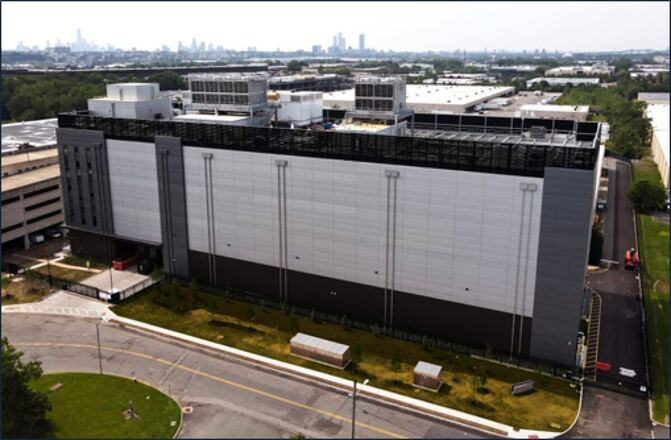A predatory fish that lived over 380 million years ago in central Australia has been discovered through the fossils found in the red sandstone outcrops of the region. The fish, named Harajicadectes zhumini, is the first complete bony fish found from Devonian rocks in central Australia. The discovery is the result of 50 years of exploration and research, with initial discoveries made in 1973 by palaeontologist Gavin Young. The fossils found include fragments of other fishes, as well as jaw fragments of the previously unknown tetrapodomorph. Harajicadectes is believed to have been an apex predator, with a large mouth lined with sharp teeth and triangular fangs. It possesses anatomical traits from different tetrapodomorph lineages, suggesting convergent evolution. One of its most notable features is the presence of two large spiracles on the top of its skull, which are typically only seen as small slits in early bony fishes. Similar spiracles have been observed in other Devonian fishes and are also seen in living bichirs, suggesting a possible link to air breathing in backboned animals.
Similar Posts

How to login to cPanel | FastDot Cloud Hosting
This tutorial will show you how to login to cPanel. Proudly Sponsored by FastDot International Cloud…

CoreSite Expands New York Presence with Launch of NY3 Data Center
CoreSite, a subsidiary of American Tower, has expanded its presence in the New York metropolitan area…
The First Marketing Book You Should Read (Or At Least Get the Notes From)
Get Your FREE Guide to Going Freelance All the resources you need to transition into full-time…
35 Web Design Portfolio Projects
Get the Beginner’s Guide to What to Put in Your Tech Portfolio Get dozens of resources,…

Eviden Inaugurates JUPITER, Europe’s Most Powerful Supercomputer
Eviden, the Atos Group product brand specializing in advanced computing, cybersecurity, mission-critical systems, and vision AI,…
Build a Node.js Password Generator
Build a simple command-line app using Node.js along with Commander and Chalk Code: https://github.com/bradtraversy/passgen Node.js API…